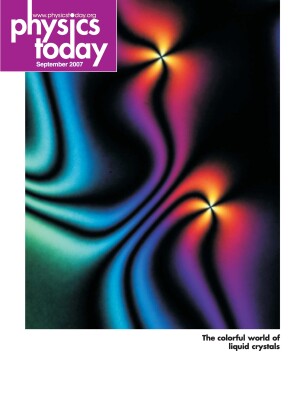Weighing the need to accommodate women in physics
DOI: 10.1063/1.2784667
Vicente Aboites (Physics Today December 2006, page 10
Today more than half the class in a typical US medical school is female, and many people feel that women make better physicians than men. The increase in the numbers of female medical students represents a dramatic change from a few decades ago, when women were actively discouraged from pursuing a medical career and when female physicians were regarded as odd, threatening, and unfeminine. Books have been written about how the change took place, but surely factors like aggressive antidiscrimination policies and the development of a generation of role models were very important.
We who work in educational institutions have a duty not only to foster the development of our academic fields, but to ensure that students have every opportunity to reach their highest potential. Given the example of medicine, surely the default hypothesis is that women have the talent and energy to merit much increased representation in any male-dominated academic field. Their entry is inhibited by factors like those that kept women out of medicine for so long. It is, in fact, very difficult to discover what the barriers to entry are. But many fields in addition to medicine have demonstrated that active support and encouragement can allow women to overcome obstacles and develop their innate interests and talents in new areas.
I do not believe there exists any magic percentage for women in any pursuit, including physics. But I do think that many women who have the talent, intrinsic desire, and interest to take up physics are discouraged from doing so, and that the sources of their discouragement are complex. The highest calling of a university is to give all students a freer path.
More about the Authors
Eaton E. Lattman. (lattman@jhu.edu), Johns Hopkins University, Baltimore, Maryland, US .
